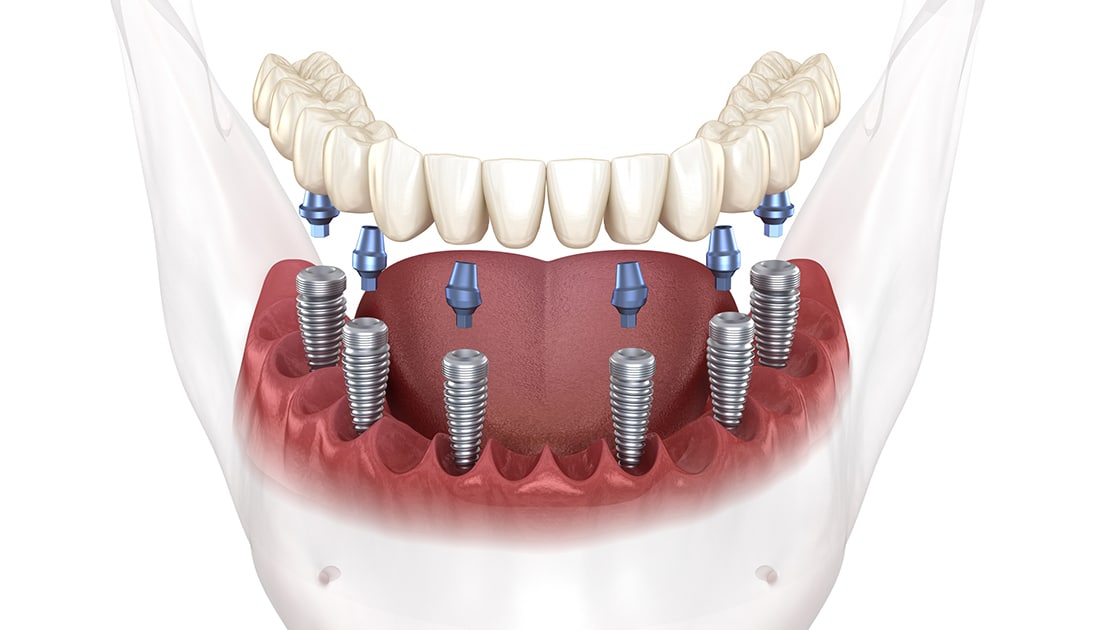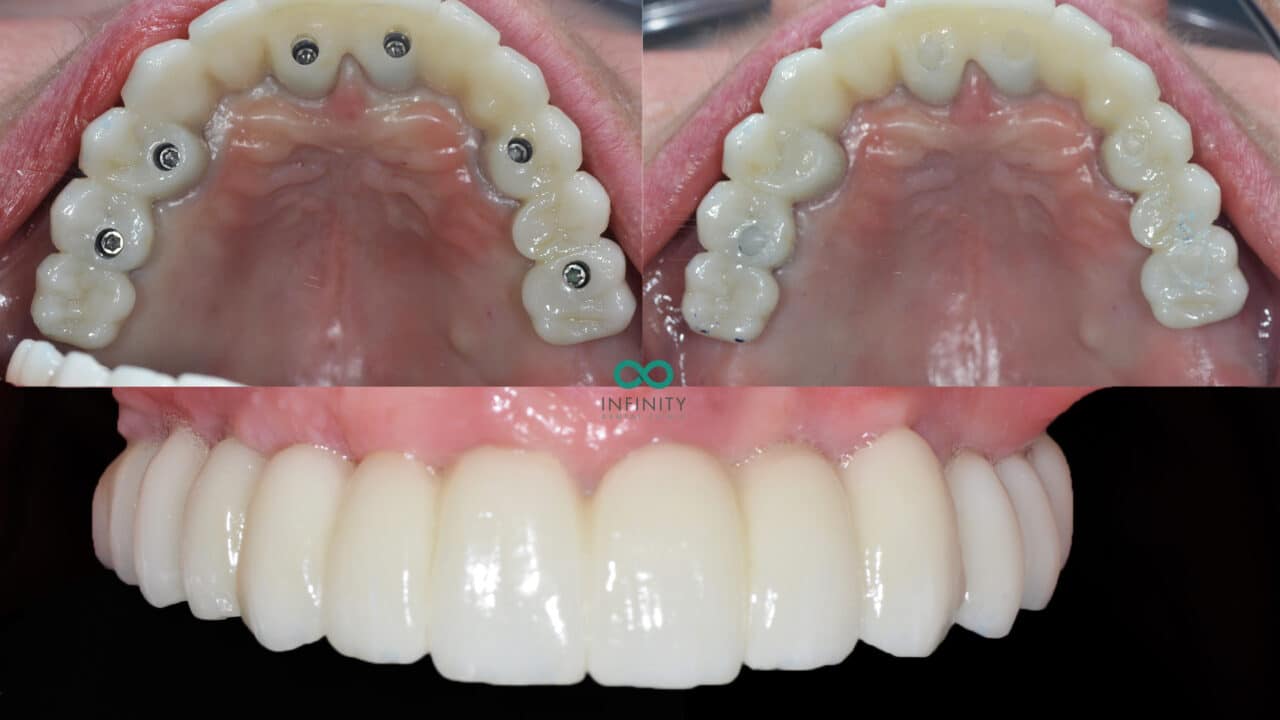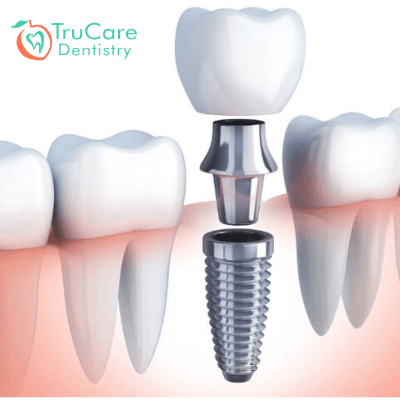Dental Implants And Dentures Muskegon Heights MI - Dental Implants Tooth Replacement
Dental Implants And Dentures Muskegon Heights MI - Dental Implants Tooth Replacement
Blog Article
Dental Implant Grand Haven MI - Dental Implants - Implantsology
The journey towards dental implants begins with a radical assessment of the jawbone's condition. When there could be insufficient bone density to assist an implant, bone grafting turns into an Look At This important process to recreate a steady basis. Understanding how a lot bone grafting is required for visit the website dental implants tremendously influences the treatment plan, timeline, and general success rate.
The amount of bone grafting required depends on multiple factors, together with the extent of bone loss, the implant's size, and the specific location throughout the mouth. In instances of significant bone loss due to periodontal diseases, trauma, or prolonged tooth loss, extra extensive grafting could additionally be essential. Conversely, if the bone loss is minimal, a smaller graft might suffice.
Dental Teeth Implants Grand Haven MI - What are dental Implants? Types, procedures, and more
The analysis course of typically entails imaging research such as X-rays or 3D scans, permitting the dental professional to visualize the bone structure (Dental Tooth Implant Holland MI). These images assist in determining the quality and amount of existing bone. If the bone is deemed inadequate, the dentist will then define the appropriate grafting procedures
Grafting can be sourced from numerous areas. Autografts, which involve harvesting bone from the affected person's personal body, are sometimes deemed the gold commonplace. These supply glorious integration with the present bone however include the downside of extra surgery. Other options embrace allografts, which use donor bone, and synthetic materials designed to mimic natural bone. Each possibility has its own implications on healing and success rates.
After figuring out the necessary amount of bone grafting, the dental professional will create a tailored plan for the patient. This plan may include the timing of bone grafting in relation to the implant placement. In some circumstances, a graft may be carried out concurrently with the implant surgery. Alternatively, in more difficult situations, a separate therapeutic interval is indicated.
Healing timelines vary primarily based on the person's health, the extent of grafting, and the kind of graft used. Generally, the healing of a bone graft takes several months earlier than an implant may be positioned. During this time, bone regeneration occurs, leading to a steady base for the implant.
Dental Implants And Dentures Grand Rapids MI - Dental Implants - Top Oral Surgeon
Patients usually surprise concerning the risks related to bone grafting. While complications corresponding to infection or graft failure are potential, these occasions are comparatively rare. Adhering to post-operative care instructions and attending follow-up appointments reduce risks and promote therapeutic.
Once the bone has adequately healed, the dentist assesses the graft's success by evaluating the bone density and stability. If every little thing appears favorable, the following steps toward putting the dental implant can begin. The success of this subsequent step largely hinges on the standard of the bone graft and its integration with the encircling bone.
Cost considerations play an important function within the decision-making process. The expense of bone grafting varies based mostly on supplies used, the complexity of the case, and geographic location. It is important for sufferers to discuss funds upfront to keep away from sudden payments later within the treatment.
Dental Implants Near Me Muskegon MI - Frequently Asked Questions
Also, patients ought to have realistic expectations relating to the timeline and outcomes. Many components can affect how a lot bone grafting is needed and its total effectiveness. A collaborative approach involving the affected person and the dental staff not only ensures readability but in addition enhances the probabilities of a successful consequence.

Maintaining good oral hygiene and regular dental visits following the process is important. These practices can prevent complications and make certain that both the graft and the implant remain secure over time. The ongoing relationship with a dental skilled is essential, especially within the months following the procedures.
In conclusion, understanding how much bone grafting is required for dental implants encompasses a multi-faceted strategy that considers bone quality, grafting sorts, therapeutic time, and total patient health. The stability between achieving the specified aesthetic and useful outcomes whereas minimizing risks and issues is on the heart of dental implant procedures. The journey may be extensive, but a well-planned approach maximizes the possibilities for a successful, long-lasting result in restorative dental work.
- Determining the amount of bone grafting required for dental implants often hinges on the initial bone density and quantity of the patient's jawbone.
- Each affected person's case is unique; components similar to previous extractions, periodontal disease, or trauma can influence the need for grafting.
- A 3D imaging scan is typically conducted to assess the exact dimensions of the out there bone and inform the grafting strategy.
- The sort of dental implant placement—immediate or delayed—may dictate the amount of bone grafting necessary for stability and integration.
- Different kinds of graft materials, such as autografts, allografts, or artificial options, can influence how much grafting material is required.
- Assessing the affected person's general health, age, and life-style habits can have an result on the therapeutic process, influencing graft quantity requirements.
- The depth and placement of the implant can necessitate varying quantities of graft materials to safe optimal outcomes.
- Successful integration of the dental implant usually depends on enough bone density, leading to a tailored grafting approach for every particular person.
- Consultation with an oral surgeon will present a clearer estimate of the bone grafting needed primarily based on comprehensive evaluations and imaging results.
- Post-grafting therapeutic time varies; thus, a careful evaluation is important to determine the final quantity of grafting required for profitable implantation.undefinedHow a lot bone grafting is required for dental implants?
Full Mouth Dental Implants Grand Haven MI - Dental Implants - Tooth Replacement
What is bone grafting and why is it needed for dental implants?undefinedBone grafting is a surgical procedure that adds bone or bone-like material to the jawbone. It is critical for dental implants when the present bone is insufficient to assist the implant, guaranteeing stability and long-term success.
How do I know if I want a bone graft for dental implants?undefinedYour dentist or oral surgeon will consider your jawbone through x-rays or 3D imaging to determine its density and quantity. If they find that you lack adequate bone, they will suggest a bone graft before continuing with the dental implant.
Dental Implant And Bridges Muskegon Heights MI - Dental Implants services
What components influence the amount of bone grafting needed?undefinedFactors embrace the dimensions and site of the implant web site, the health and density of present bone, and individual healing capacity (Dental Implant Dentures Muskegon MI). These components assist the dentist determine the suitable amount of graft material wanted
Are there several types of bone grafts used for dental implants?undefinedYes, there are several sorts, together with autografts (from your own body), allografts (from a donor), xenografts (from animals), and artificial graft supplies. Each sort has distinctive advantages and can be selected primarily based on individual affected person needs.
Dental Implants Near Me Walker MI - Dental Implants for Multiple Missing Teeth
How long does the bone grafting process take?undefinedThe duration varies based on the complexity of the grafting process and the extent of the area handled. Generally, a bone grafting process can take anywhere from half-hour to some hours, relying on the particular circumstances.
What is the recovery time after a bone graft for implants?undefinedRecovery times can differ, but typically, initial therapeutic might take a number of weeks, while full integration of the graft with the bone can take a number of months. Your dentist will present a personalized timeline primarily based on your situation.

Will I expertise pain after the bone grafting procedure?undefinedSome discomfort is common after a bone graft, however it's typically manageable with prescribed pain medicine. Most sufferers report that pain diminishes considerably within a couple of days.
Cheap Dental Implants Jenison MI - Guide to Dental Implants: A Popular Option for Tooth Replacement
How does bone grafting affect the general dental implant timeline?undefinedBone grafting might extend the general timeline for receiving dental implants, as it requires a therapeutic period earlier than implants can be positioned. This can add a number of months to the method however is essential for a profitable implant placement.

Are there risks related to bone grafting for dental implants?undefinedLike any surgical process, bone grafting carries some risks, such as infection, graft failure, or issues related to anesthesia. However, when performed by an skilled professional, these risks are generally low.
Can I truly have dental implants positioned immediately after a bone graft?undefinedIn many cases, dental implants can't be positioned immediately after a bone graft because of the need for the graft to combine into the prevailing bone. However, some strategies, like immediate loading, might enable for this under specific conditions. Your provider will advise you on the finest choice primarily based on your circumstances.
Report this page